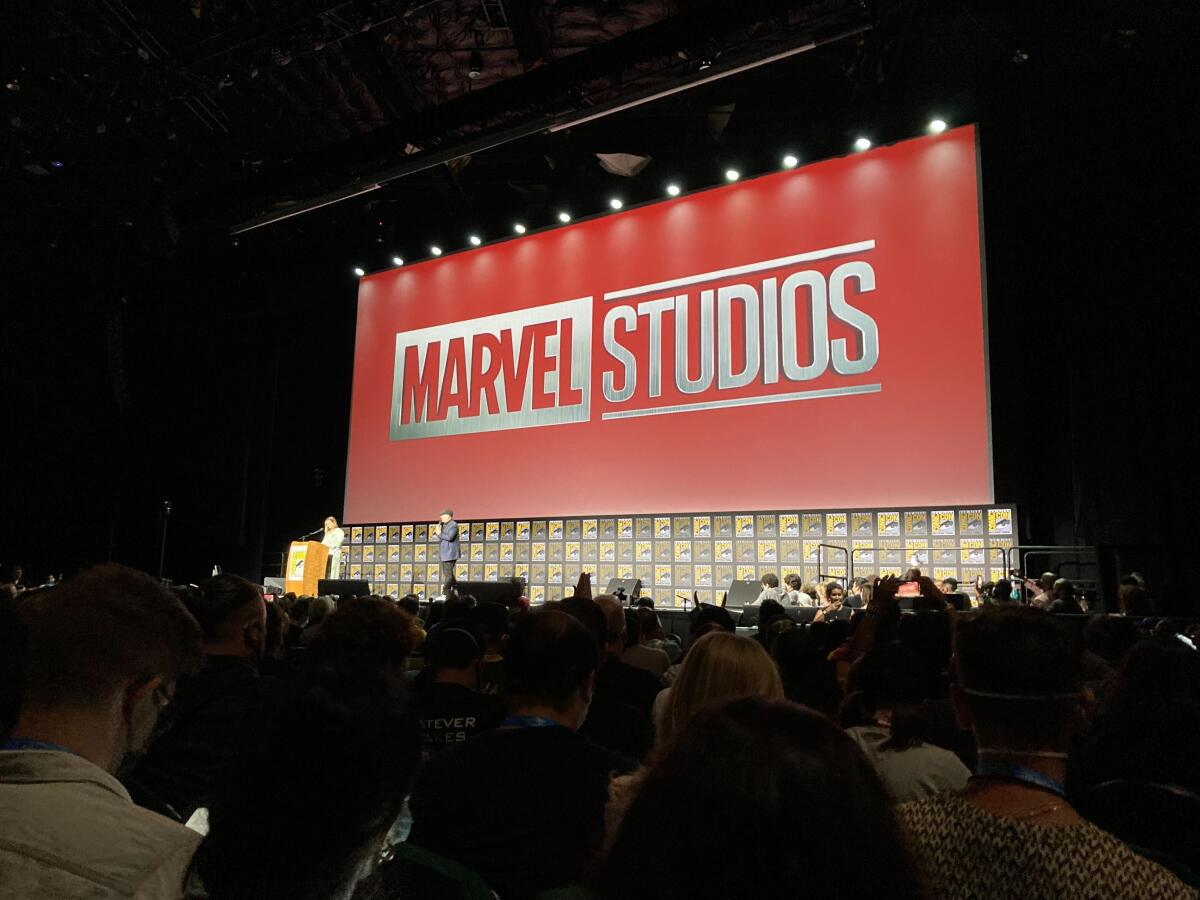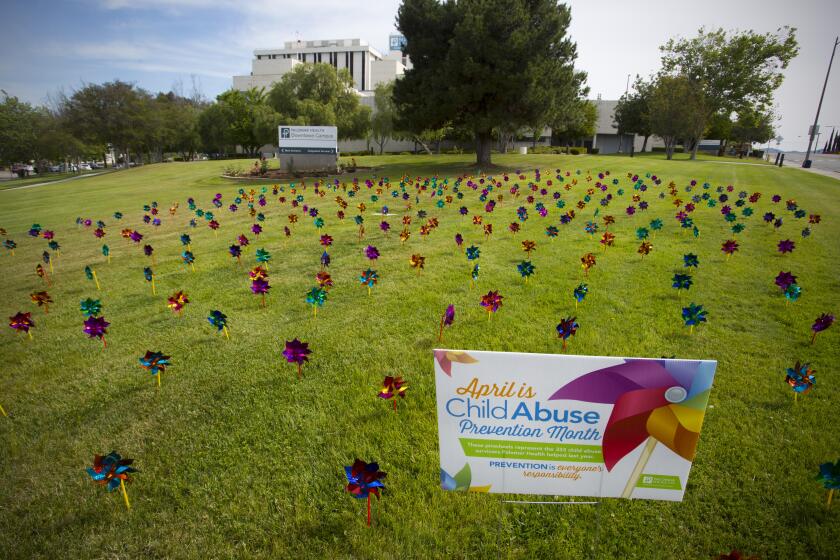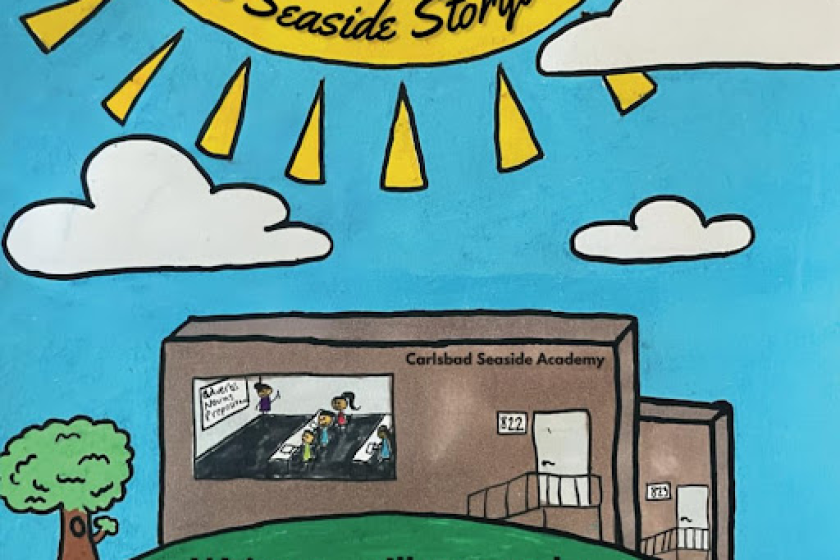Opinion: DC and Marvel superhero movies have a gender problem. We need to talk about it.

Only 26.7 percent of the Marvel and DC comic superheroes are female, creating a major disparity in terms of representation
Umansky is a high school student and lives in Black Mountain Ranch.
With over 52,000 comic books and graphic novels and dozens of movies between Marvel and DC Comics, the franchises have some of the most well-known superhero characters. They have long inspired kids to dress up as Captain America and men to shave their beards like Robert Downey’s Iron Man. We idolize these characters — they are who we want to be. But for a series as big as Marvel, there is a major problem with its portrayal of gender, making it a vital source for an important question — how can we truly enjoy media and recognize its discriminations?
We can start to answer this by dissecting Marvel and DC, and using it as a model for our media. According to Amanda Shendruk’s 2017 study of 34,476 comic book heroes, only 26.7 percent of the Marvel and DC comic superheroes are female, creating a major disparity in terms of representation. Even in this 26.7 percent, there is an evident difference in the appearances of female superheroes versus male superheroes. Males are presented and cast as excessively buff, with lots of protective armor and “tough guy” attitudes, while female characters have skin-tight suits, long flowy hair and sexy personas. This notion of a female character being there solely for the enjoyment of male audiences is not a new principle. Our society has had a long-standing issue with female portrayals in the media, since often movies with female leads still don’t go far from a male love interest for the skinny, over-sexualized woman.
These harmful portrayals have many root causes, including the facts that movies are mostly made by men and that the industry is increasingly using algorithms and analytics to decide which movies to make, which leads to the same sorts of movies being made. This lack of diversity behind the scenes limits the voices and influence of those with different life experiences. According to Martha M. Lauzen, executive director of the Center for the Study of Women in Television and Film at San Diego State University, women comprised only 25 percent of those with major behind-the-scenes roles in the top 250 grossing films in 2021, such as directors, writers, producers, editors and cinematographers. That’s an increase from 23 percent in 2020. If we don’t acknowledge the problems with these movies, then we don’t see a need for making them more diverse, hence creating a cycle limiting the possibility for more diverse movies. We will see more narratives that involve female leads with no love interest, same-sex couples and even crime-fighting women by recognizing the problems within our media and by encouraging diversity in the industry.
The question of how we can truly enjoy media and recognize its discriminations then returns to Marvel.
Marvel has long been perpetuating gender roles through its superhero characters. Therefore, criticizing Marvel for its history of problematic portrayals is one of the most important parts of enjoying it, because it lets us learn. Any form of art, including storytelling, is a way to separate from ourselves and relate through fictional characters. For this reason, it is important to remember that recognizing the flaws, faults and dangers of a portrayal of a character does not mean forgetting or abandoning them. We can then apply this same principle to ourselves and how we interact with our peers in the real world.
Furthermore, the media we consume can have a major influence on our mental well-being and perception of self, which makes issues of enjoyment complicated. We are recognizing how the media influences our society, mirroring our values in people and life. We learn about what it lacks and how society needs to improve. Craving the thrill of an action-packed mystery or crying over the emotional losses of beloved characters should not take away from acknowledging society’s problems. Which goes beyond the influence of the Marvel Cinematic Universe, and to whatever media is consumed.
The argument that changes are coming should be noted, but not as a device to excuse their past. New Marvel releases have begun to include more diversity as a whole, such as the “Ms. Marvel” series with a Pakistani American teen girl as the main character, “Black Panther” with a majority African American cast, and even the lesbian mothers presented in the “Doctor Strange in the Multiverse of Madness,” but there is still a need to reflect on their stories. Asking ourselves if they are what we want to represent us, and if they are what we value in ourselves and others, can help hold us and the film industry accountable for our stories. It creates a conversation and allows us to reflect on ourselves, what we value and how we see it with other people.
Whether it is with Marvel, the newest rom-com or even a 1980s movie, being able to recognize and talk about the problems with content can be a big reason we can enjoy it. Doing this creates a more inclusive culture, and encourages society to always search to improve itself, both with ourselves and with our media. So next movie night, in between raving about your favorite parts, reflect on any possible harmful portrayals. Tell your friends, engage in conversation and open a pathway to greater understanding. Let your enjoyment grow. Continue to reflect, talk and learn.
Get Weekend Opinion on Sundays and Reader Opinion on Mondays
Editorials, commentary and more delivered Sunday morning, and Reader Reaction on Mondays.
You may occasionally receive promotional content from the San Diego Union-Tribune.




